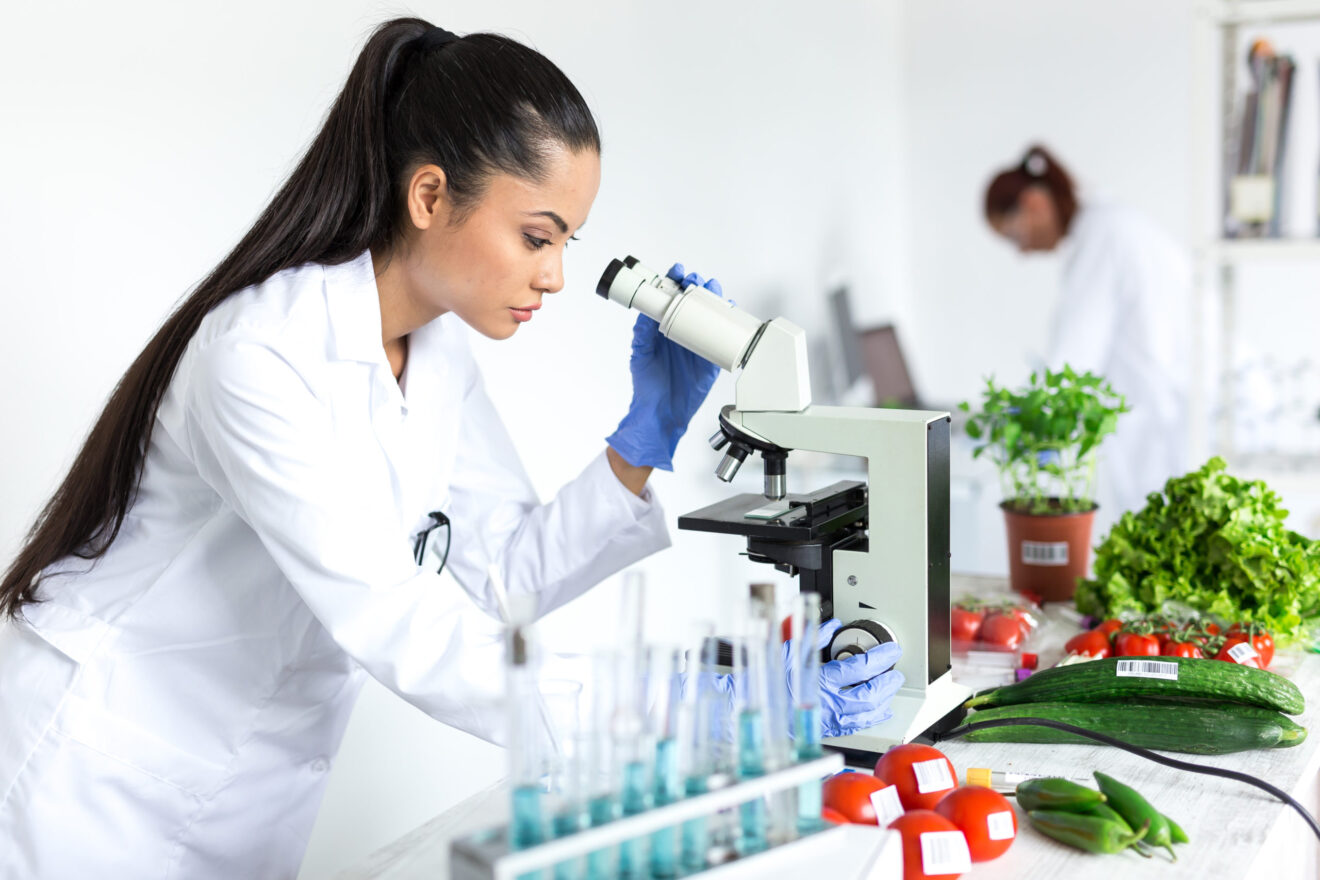From kitchen gadgets, devices and apps to hydroponic farming, cellular dairy and regenerative agriculture, how we “do” food — grow it, manufacture it, plan it, source it, and finally prepare it — has taken giant leaps forward in high-tech directions in recent years, and the pace of such food technology innovation is only accelerating.
Science and technology have long been integral parts of the food system and food production. Over the past 50 years, mass production and industrialization have been the engines of growth, yielding approaches such as market-driven monocropping, factory farming and livestock production, the shift from localized to regional and national distribution networks, and the advent of genetically engineered organisms, otherwise known as GMOs.
More recently, what has been called the Fourth Industrial Revolution has begun to reshape the food system. Advances in and the convergence of fields such as microbiology, genetics, artificial intelligence, robotics and materials production and manufacturing are playing out across the entire supply chain, from agriculture to foodservice and retail to the home.
The Hartman Group’s Food & Technology 2022 report finds that for consumers, the most disruptive changes are happening in rather than around food.
New and imminent breakthroughs and product launches are putting food technology in the spotlight. Vertical agriculture companies have already begun supplying foodservice businesses and selling produce grown without soil in grocery stores. Companies are using AI to drive new product innovation and engage with consumers. Precision fermentation and cellular agriculture start-ups have launched (or promise to, soon) beanless chocolate and coffee, beeless honey, cell-cultured human breast milk, and cell-cultured pet food. Venture capital is flowing, industry organizations are emerging and governments are competing to be centers of food technology innovation. The race to market has begun, even if many brands have yet to launch a product.
Highlights from the report include:
- While consumers have accepted — and even embraced — many scientific and technological innovations in their food lives, they remain most guarded when it comes to what they put in their bodies.
- Consumers have a mounting sense of urgency around the challenges facing the food system, which is helping to soften their resistance to food science and food technology.
- Consumers are questioning whether returning to traditional, “natural” production methods is a viable option.
- Despite growing openness, many remain skeptical, if not resistant, to incorporating more science and technology in their personal food lives.
Looking to the future of food technology
As consumers confront these tensions, they are being pushed to rethink the ways they evaluate how food is made. Although foods associated with “the lab” continue to be the most disruptive and concerning, the boundaries of acceptability are beginning to shift as some consumers realize that certain amounts or types of processing can be beneficial for the world, even if they still draw a line between “acceptable for we” and “acceptable for me.”
Where consumers fall on the spectrum of acceptance depends on how novel food production methods are framed and described, as well as contextualized within specific food and beverage categories and products.
Consumers will continue to ask whether the ends justify the means and expect companies to make compelling and honest cases for new, tech-forward foods.
As CEO of The Hartman Group, Demeritt drives the vision, strategy, operations and results-oriented culture for the company’s associates as The Hartman Group furthers its offerings of tactical thinking, consumer and market intelligence, cultural competency and innovative intellectual capital to a global marketplace.
Read more like this from SmartBrief:
- Upcycled food helps brands, consumers combat waste
- Datassential forecasts 2023 macro trends for the food industry
- 5 food and beverage trends to watch for 2023
_____________________________________
If you liked this article, sign up for SmartBrief’s free email newsletter on agriculture technology. It’s among SmartBrief’s more than 250 industry-focused newsletters.
